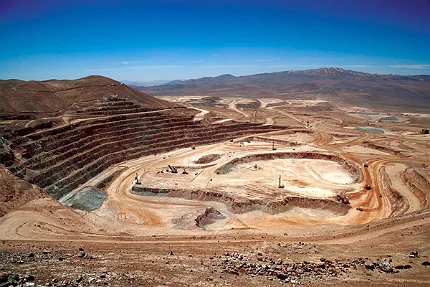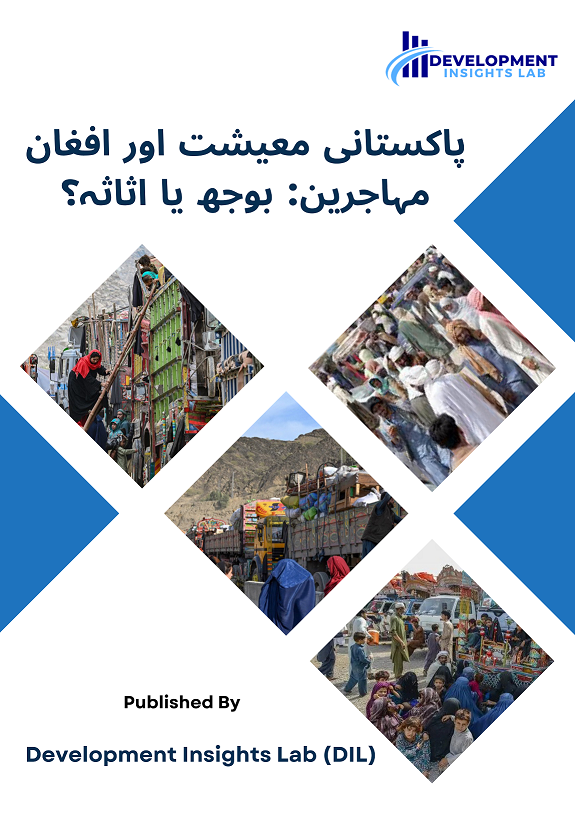Author: Dr. Suleman Khan
Research Fellow At Development insights Lab (DIL)
Since 2002, Afghanistan’s economy has seen booms and busts. The growth peaked between 2002 and 2013, after which there was a decline. Growth has stopped as a result of the recent removal of foreign soldiers and the following suspension of foreign help. To increase the nation’s GDP, the backup agriculture and other black markets are insufficient. The weak economy of the nation is attributed to a multitude of issues. Ironically, the country’s rough and hilly environment is turning out to be a treasure trove despite being perceived as one of the contributing factors. The region is situated on the Tethyan Metallogenic Belt (TMB), a belt of enormous mineral riches that runs from Europe to Anatolia and ends in Afghanistan. Only a small portion of these minerals have been extracted illicitly, but the majority, valued at a trillion dollars, has not yet been fully utilized.
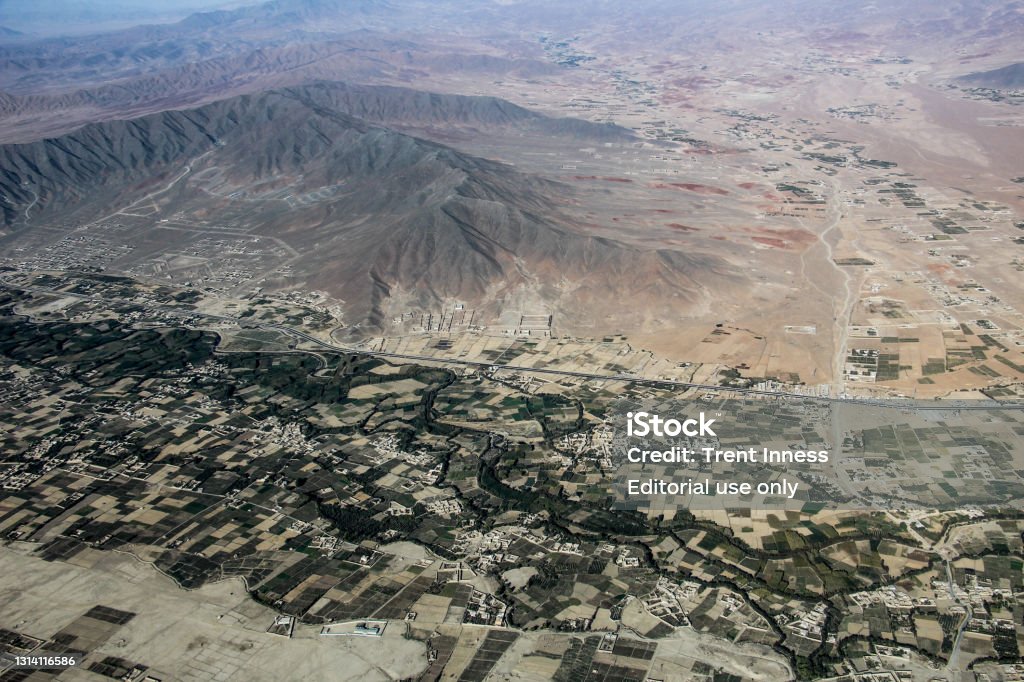

Soviet scientists have conducted extensive geological studies of the mineral resources in an effort to limit the places, abundance, and richness of the mineral deposits. Building on this foundation, the US Geological Survey has conducted geological fieldwork, aerial surveys, and a study of the mineral data. According to an internal U.S. Department of Defense report, Afghanistan is known as the Saudi Arabia of lithium. The country may have lithium reserves comparable to those of Bolivia, the world’s largest producer of lithium. Similarly, billions of dollars could be found in partially investigated iron and copper reserves. There are an estimated billion barrels of crude oil and trillion cubic feet of natural gas in the nation, according to assessment reports from the USSR, USGS, and US-Afghanistan. Large deposits of excellent quality Mesozoic coal are found in the regions of Badakhshan to Herat. There is also documentation for billion-dollar-worth of minerals, including gold, iron, zinc, chromium, lead, zinc, bauxite, talc, sulfur, travertine, gypsum, and marble. High grades of lapis lazuli, ruby, emeralds, kunzite, and tourmaline can be found throughout the nation in the Badakhshan, Nuristan, Panjshir, and Kabul regions.
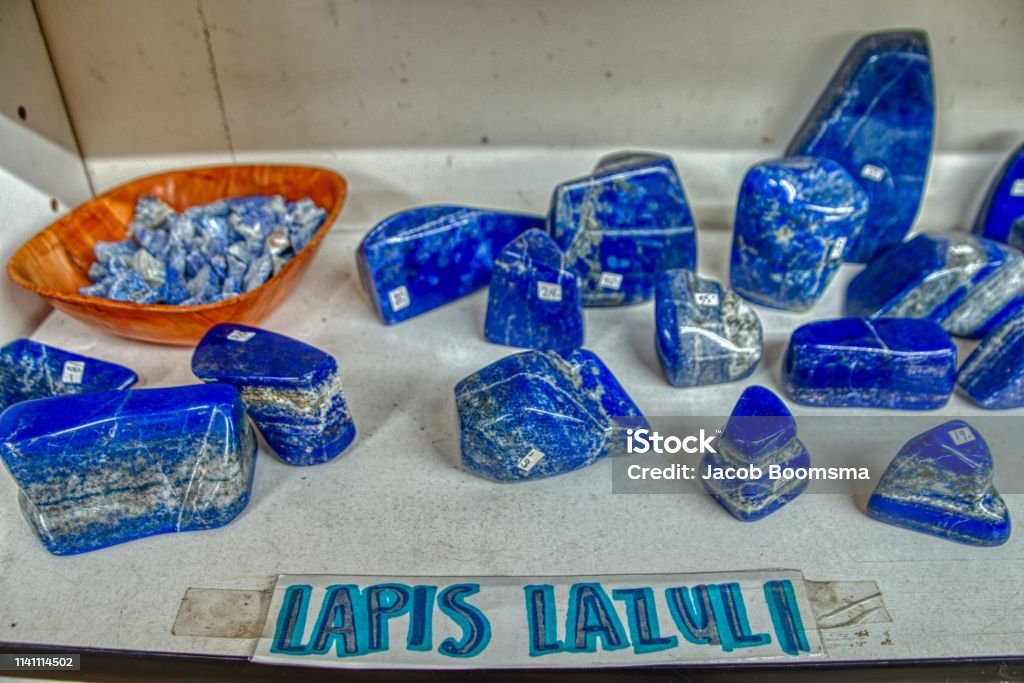
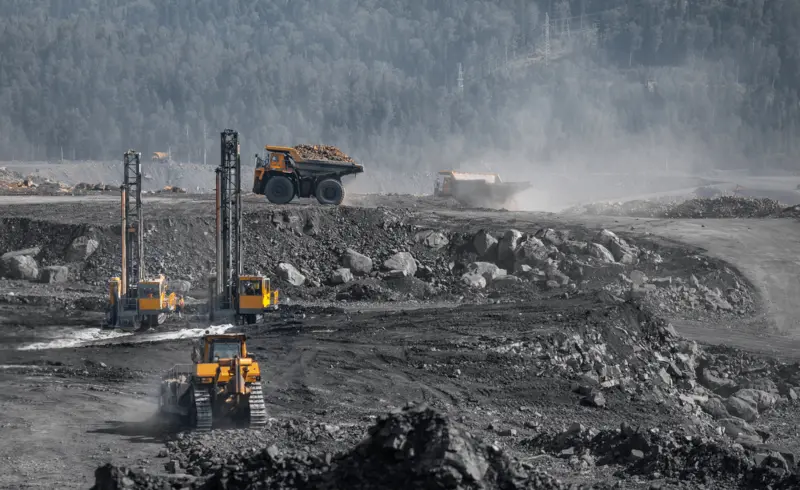
The world is rapidly moving toward greener energy, and the Taliban are aware that they control the most strategically important minerals needed for this change. Although China, Russia, and Pakistan have already demonstrated their willingness to exploit mineral riches, the US, UK, and other European nations may be hesitant to forge business connections with Kabul in the near future. Taliban must build a powerful administration that is acknowledged both domestically and internationally in order to profit from the nation’s natural wealth, since foreign private investment is closely associated with socially and environmentally responsible practices and sound governance. Afghanistan must also create a strong, efficient, and all-encompassing mineral policy for mineral exploration, mining, and development. The former USSR, the US, and Afghanistan’s mineral exploration and reserve estimation are lacking and require adjustment because of security constraints. The Taliban urgently require a technically sound advisory team in light of the missing data before they can pursue mineral leasing concessions. Through Pakistan is the quickest route to the sea for exporting minerals to the global market. Thus, the Taliban ought to understand the significance of China’s expansive Belt and Road Initiative (BRI) and their friendly ties with both China and Pakistan. The Taliban should take advantage of this commercial opportunity by forging diplomatic ties with the US, UK, Europe, and Japan as they aim to reduce their reliance on China for rare earth elements. Afghanistan, a landlocked country with harsh terrain, ought to be connected by better infrastructure. For the transfer of raw and refined resources to the global market, a quick and effective rail infrastructure is essential. Investors will feel more secure in the areas if landowners in mineral-rich prospective areas are included and receive their just compensation in the form of royalties. To maintain the economy, the Taliban leadership ought to review agreements it has made, canceled, and reached a standstill with China. To resolve China’s concerns about the infiltration of Uyghur separatists into Afghanistan and Afghanistan’s fears about Chinese spying in Kabul, bilateral talks should be held. The Taliban should also respond to Islamabad’s worries over Tehrik-i-Taliban Pakistan’s presence in Afghanistan.

